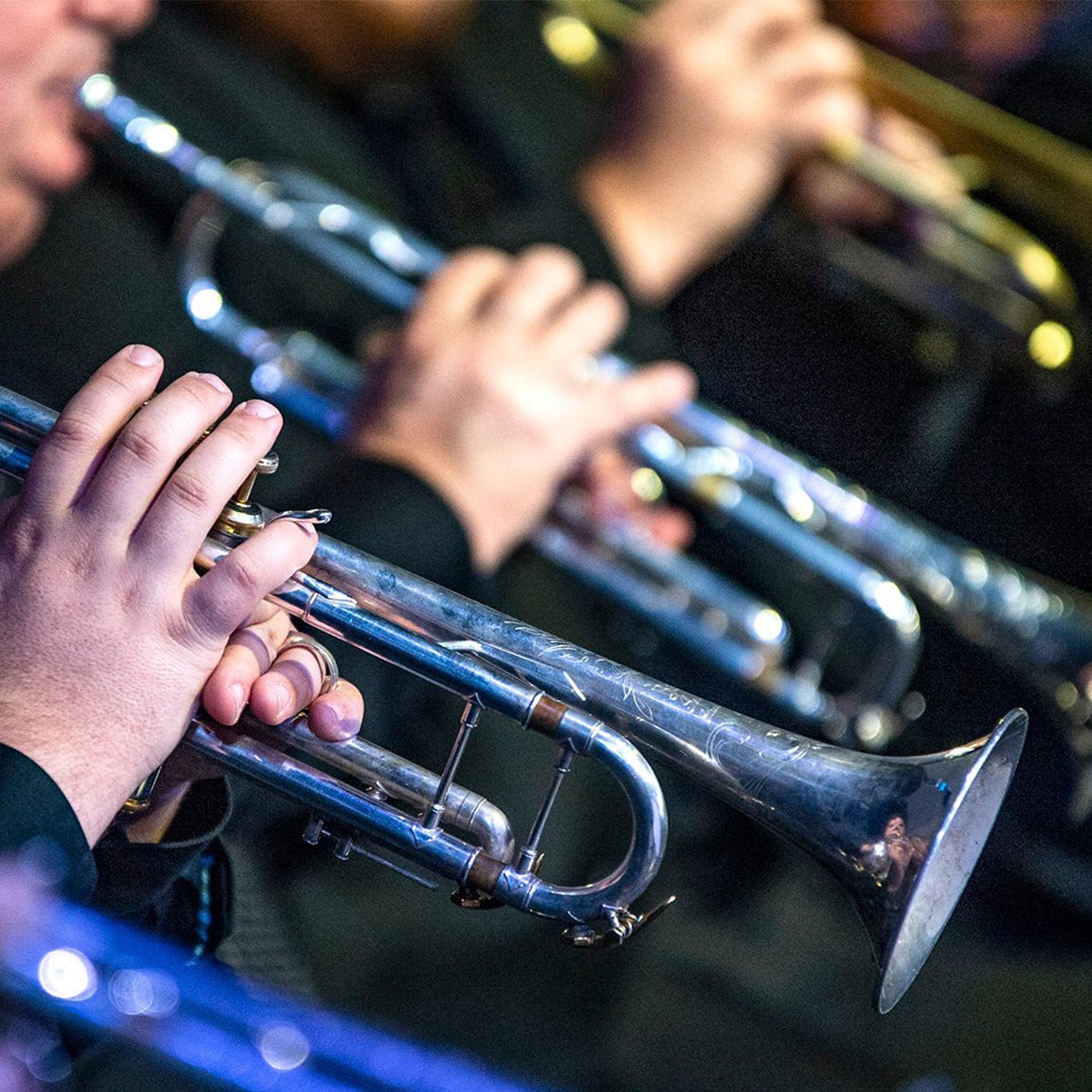
- Home
- Academics
- Music Department
- Safety and Wellness
Student health and wellness is an important component of our program. Students will be presented with concepts and ideas to aid in establishing continued physical and mental well-being as it relates to those music concepts and activities associated with their coursework. These health and wellness concerns may be addressed through directed readings, presentations, field trips, and through course lectures.
For music majors and music faculty and staff, general topics include, but are not limited to, basic information regarding the maintenance of hearing, vocal, and musculoskeletal health and injury prevention. They also include instruction on the use, proper handling, and operation of potentially dangerous materials, equipment, and technology as applicable to specific program offerings or experiences. Beyond the provision of basic general information, and the identification of available resources, decisions regarding topic areas and breadth and depth are made by the institution, and normally are correlated with the nature, content, and requirements of specific areas of specialization or specific courses of study.
For non-majors enrolled in courses offered by the music unit, including performing ensembles, or other curricular offerings of the music unit, topics chosen in addition to the maintenance of hearing health are directly related to health and safety issues associated with their specific area of study or activity in music.
Music program policies, protocols, and operations must reflect attention to maintenance of health and injury prevention and to the relationships among: the health and safety of musicians; suitable choices of equipment and technology for various specific purposes; appropriate and safe operation of equipment and technology; and the acoustic and other conditions associated with health and safety in practice, rehearsal, performance, and facilities.
NOTE from the National Association of Schools of Music: Health and safety depend in large part on the personal decisions of informed individuals. Institutions have health and safety responsibilities, but fulfillment of these responsibilities cannot and will not ensure any specific individual’s health and safety. Too many factors beyond any institution’s control are involved. Individuals have a critically important role and each is personally responsible for avoiding risk and preventing injuries to themselves before, during, and after study or employment at any institution. The NASM standards and institutional actions taken under their influence or independently do not relieve the individual from personal responsibility for appropriate, prudent, and safe behavior or action, nor do they shift such responsibility and liability for the consequences of inappropriate, imprudent, and/or unsafe behavior or action in any instance or over time to any institution, or to NASM.